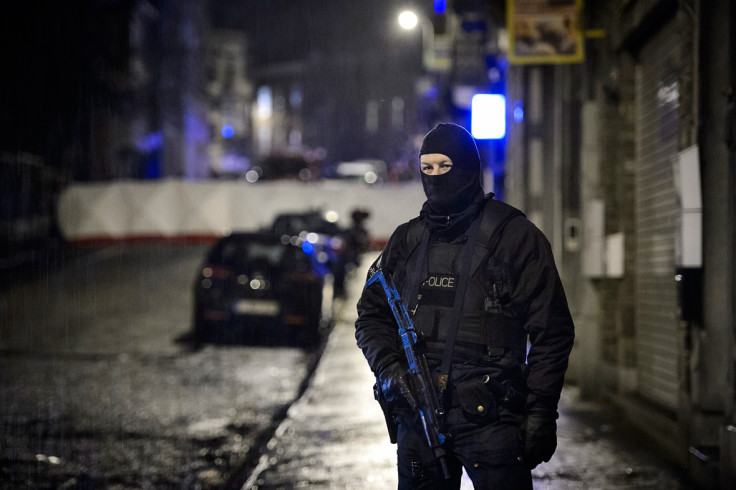Belgium Verviers raid: Terror cell 'plotted to seize passenger bus or behead policeman'

The Belgian terror cell linked to the Islamic State (Isis) group, which was raided by police overnight, was plotting to either take a passenger bus hostage or behead a member of Belgian authority such as a policeman or a magistrate, according to local media reports.
In the raid in the eastern town of Verviers, two jihadists who had just returned from Syria were killed and a third was arrested by Belgian special forces.
Belgian outlet Sudpresse named the two slain jihadists as Redouane Hagaoui (known as Abu Khalid Al Maghribi) and Tarik Jadaoun (known as Abu Hamza Belgiki).
The men had Belgian police uniforms, four Kalashnikov rifles, handguns and explosives in preparation for an attack on a passenger bus in the early hours of Friday morning (16 January), according to Belgium's RTL.
In a conflicting report, however, Het Laatste Nieuws newspaper reported that the cell was plotting to kidnap a figure of Belgian authority such as a policeman or a judge in order to stage a beheading video that would be spread on the internet.
A senior Belgian counterterrorism official told CNN that the terror cell was most likely linked to Islamic State.
They were allegedly given instructions by IS members to conduct attacks in Europe in response to the US-led coalition's air strikes against the group's positions in Syria and Iraq.
Federal prosecutor Eric Van der Sypt said that there was "no link at this stage to the Paris attacks" which saw three gunmen kill 17 people last week.
"The investigation started a few weeks ago before the attacks in Paris, I would like to stress," Van der Sypt said.
"This operation stopped a major terrorist attack from taking place. You could say a second potential Paris has been averted," he added.
"The possible attack could have taken place within a matter of hours."
The Jewish community in Belgium has also decided to close schools in the cities of Brussels and Antwerp as they were told that they could have been potential targets for the cell's attack.
© Copyright IBTimes 2025. All rights reserved.






















